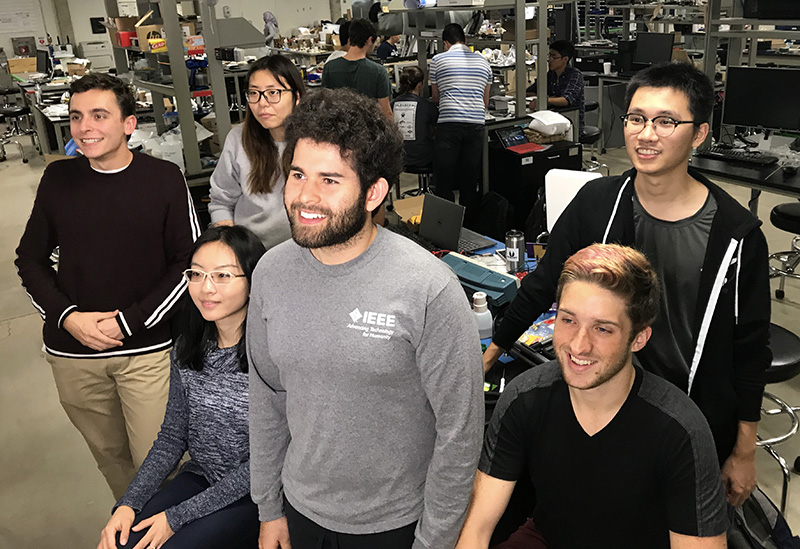The Rice University Love and Pace team, composed of electrical and computer engineering seniors, designed a pacemaker that places a network of chips inside a demo heart. These chips are the size of rice grains, and they communicate with a base station located under the patient’s skin while charging from radio frequency.
Essentially, the chip is a node that is embedded within the heart. This then provides a sensor and stimulation within the chamber of the heart so doctors can wirelessly see what is happening.
Additionally, the base station would sense if there is a problem with the rhythm of the heart, and trigger the embedded chips to release a jolt of energy to stimulate the heart back to normal rhythm.
“If things aren’t working out well in the heart, the aggregator would say, ‘Hey, guys, I need you to pace,’” said team member Yoseph Maguire, according to a release. “They would continuously pace until the aggregator observed that things are good in all the chambers.”
They decided to keep everything wireless to help avoid pathologies that otherwise form from a normal pacemaker.
The demo consists of a 3D printed heart with different programmed anomalies that trigger sensor-simulator chips to detect problems. Although, the team knows this is only the first step they hope future teams can progress this project for real world situations.

The Love and Pace team of Rice University engineering students is working to develop a next-generation, wireless pacemaker array that would allow constant monitoring and, when necessary, a jolt to heart tissue. From left: Chris Chivetta, June Chen, Yixin Chen, Yoseph Maguire, Cody Tapscott and Ricky Chen. (Credit: Rice University)




